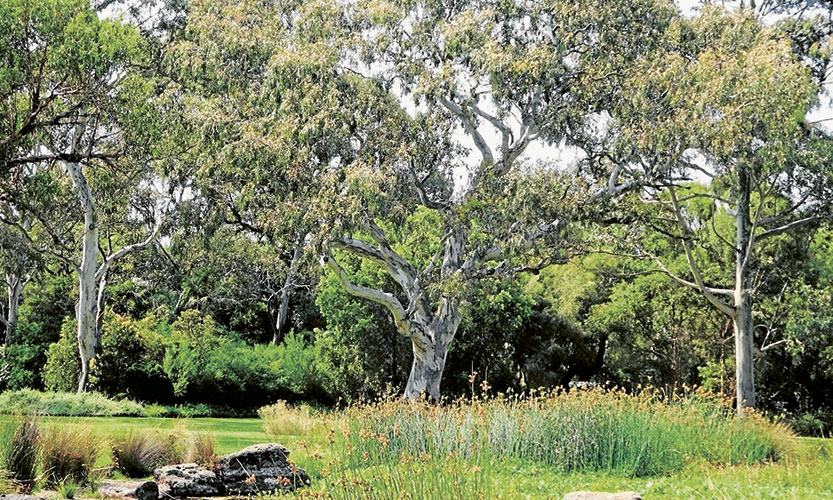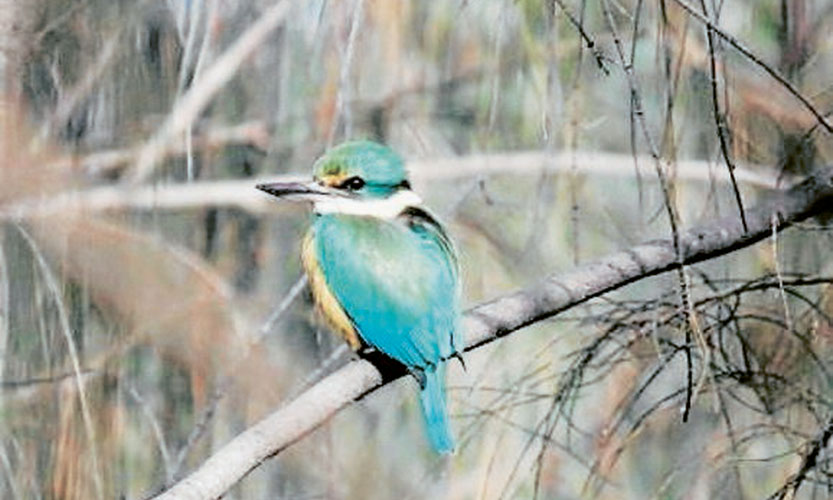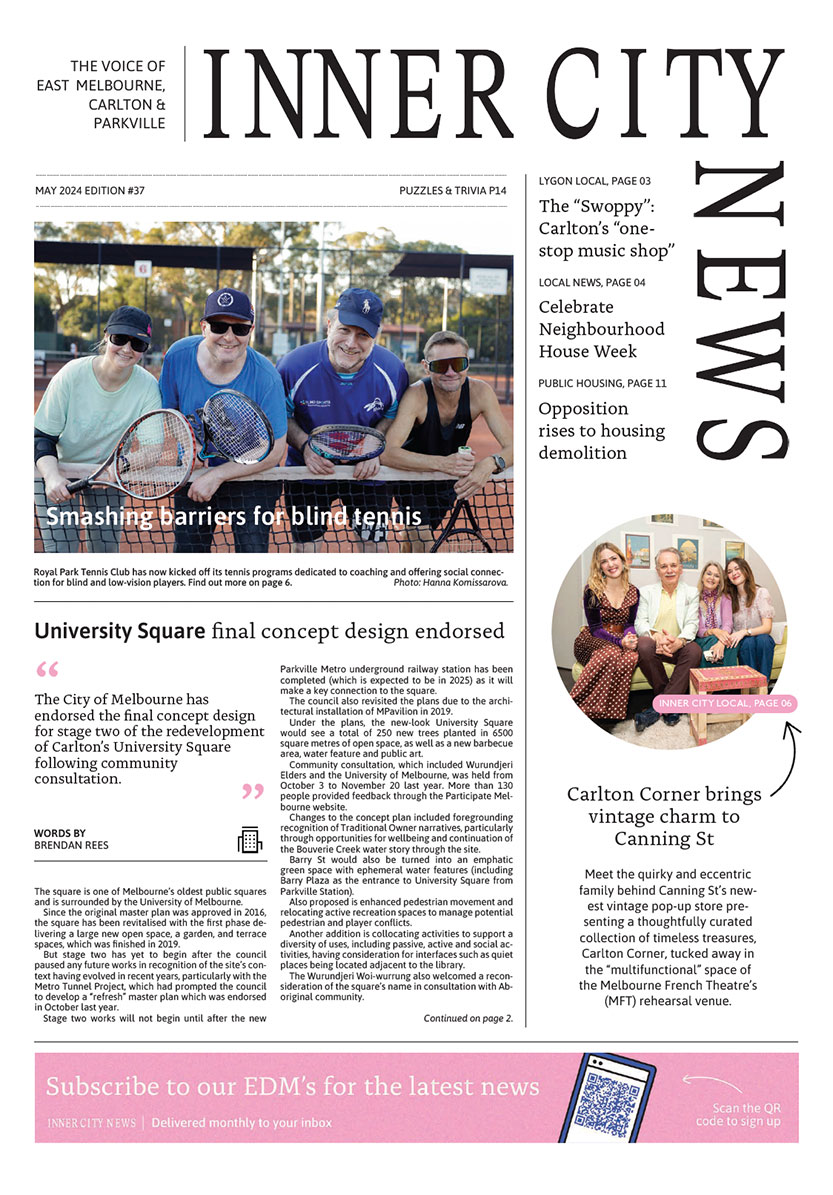Locals working to protect Royal Park biodiveristy
As the largest green space in the City of Melbourne, Royal Park is considered “the lungs of the city”.
But with ever-present threats of overdevelopment, members of the independent volunteer group Friends of Royal Park (FORP) have been working hard to ensure that Royal Park retains its unique qualities.
FORP convener Chris Nicholson said that through bi-monthly working bees and awareness campaigns the group had been able to prevent biodiversity in the park from declining.
“The working bees started a few years ago and focused on tasks that needed to be done like weeding, but we have also started to do some propagating by collecting seeds from the park, growing them and planting them back in the park,” Mr Nicholson said.
“Grassy woodlands are becoming rarer and rarer as the city grows so we’re preserving sites that might otherwise have been bulldozed and turned into football ovals, cricket pitches or residential properties.”
Mr Nicholson said that FORP also received a grant from the federal government to build a nursery which had been a huge asset to the park.
“We have some greenhouses with native plants, grasses, some ground covers, cuttings and shrubs which are all sourced from Royal Park,” Mr Nicholson said.
“With our working bees, we do lots of propagation work with the plants grown in the nursery and plan to create some ad-hoc sessions on the weekend to focus on that work.”
Currently there are more than 50 members of FORP, with the working bees averaging 10 people a session.
There are two working bees each month, taking place on a Wednesday and Thursday.
“It’s mainly members who come along but it’s not exclusive, we welcome everyone,” Mr Nicholson said.
Although Royal Park is protected by a heritage overlay, threats of development often loom.
Mr Nicholson said that ensuring the heritage plans were followed was a major priority of FORP.
“We keep an eye on any proposed developments, whether it’s tram lines or residential properties,” Mr Nicholson said.
“We want to make sure everyone sticks to the heritage plan and the footprint doesn’t get bigger.”
FORP secretary Kaye Oddie said the biggest concerns facing Royal Park were the development of sporting facilities and roads.
“We’ve worked closely with council to ensure that there is no net loss of the park when sporting facilities like the State Netball Hockey centre want to redevelop,” Ms Oddie said.
“We also fought back against the development of the East West link as it was going to destroy a large part of the park including our remnant vegetation site so we all went into bat against it.”
The group also focuses on promoting awareness in the community about the biodiversity that exists within Royal Park to help create a deeper respect for the space.
Mr Nicholson said this was particularly important as park use had changed since COVID.
“COVID highlighted that people aren’t aware of what they’re standing on when they have picnics or walk their dogs and inadvertently trample native plants and grasslands,” Mr Nicholson said.
“To some people it just looks like long grass but there’s all kinds of biodiversity within it.”
FORP is currently advocating to local and state governments for an upgraded Royal Park railway station and tram access at the rear of Melbourne Zoo to promote the park and make it safer for pedestrians.
Mr Nicholson said that as Royal Park provides an escape from the hustle and bustle of the city, promoting and protecting the park was satisfying work.
“When you’re working in the park you’re rewarded with the benefits of being outdoors, fresh air, and a sense of community,” Mr Nicholson said.
“A lot of locals really connect to Royal Park as a place where they can get away from the busy lifestyles, we have in the city so it’s important to protect it.”
If you’d like to learn more about Friends of Royal Park or become a member, search “Friends of Royal Park” on Facebook •

Carlton Corner brings vintage charm to Canning St




 Download the Latest Edition
Download the Latest Edition